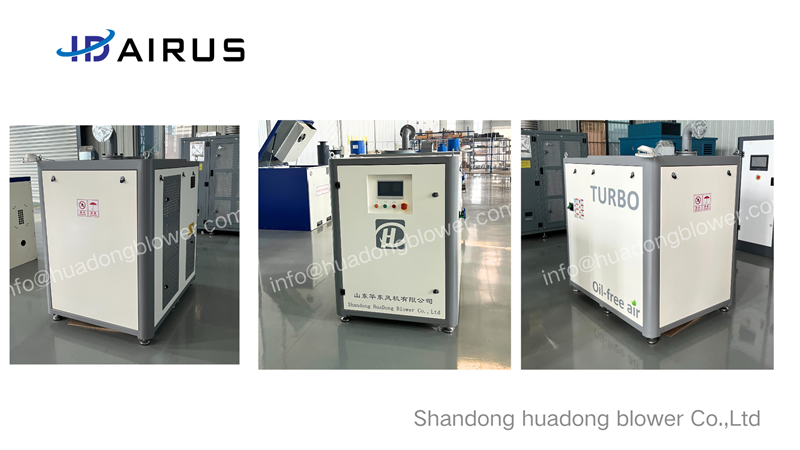The use cost of air suspension blower mainly includes the following aspects:
1. Equipment acquisition cost:
The technical content of air suspension blower is high, the number of accessories is large, and the acquisition cost is relatively high, but the return on investment is high. Generally speaking, the price of air suspension blowers on the market ranges from hundreds of thousands to hundreds of thousands of yuan, and the specific price will vary depending on the brand, model, power and other factors.
2. Energy consumption cost:
Air suspension blower energy saving effect is significant, compared with the traditional blower can save about 30%-50%. Although its power is high, it can effectively reduce energy consumption costs during long-term operation. For example, if a factory originally used a traditional blower power of 100kW, replaced by air suspension blower power reduced to 70kW, according to the operation of 8 hours a day, 300 days a year, 0.8 yuan per KWH of electricity calculation, a year can save about 57,600 yuan.
3. Maintenance cost:
Daily maintenance costs: Air suspension blower adopts air suspension bearing and high-speed permanent magnet motor, stable and reliable operation, daily maintenance is relatively simple. The main maintenance work is regular equipment inspection, cleaning and filter replacement. The frequency of filter replacement depends on the use of the environment and air quality, generally every 3-6 months can be replaced.
4.Fault cost :
Under normal use, the failure rate of air suspension blower is low. Some quality brands of air suspension blowers will provide a longer warranty service, during the warranty period can reduce maintenance costs.
Overall, although the acquisition cost of air suspension blower is high, in the long-term use process, its energy-saving effect is significant, can reduce energy consumption costs, and maintenance is relatively simple. Comprehensive use costs have certain advantages, especially for long-term operation, high energy consumption requirements of the application scenario.







 RETURN
RETURN










